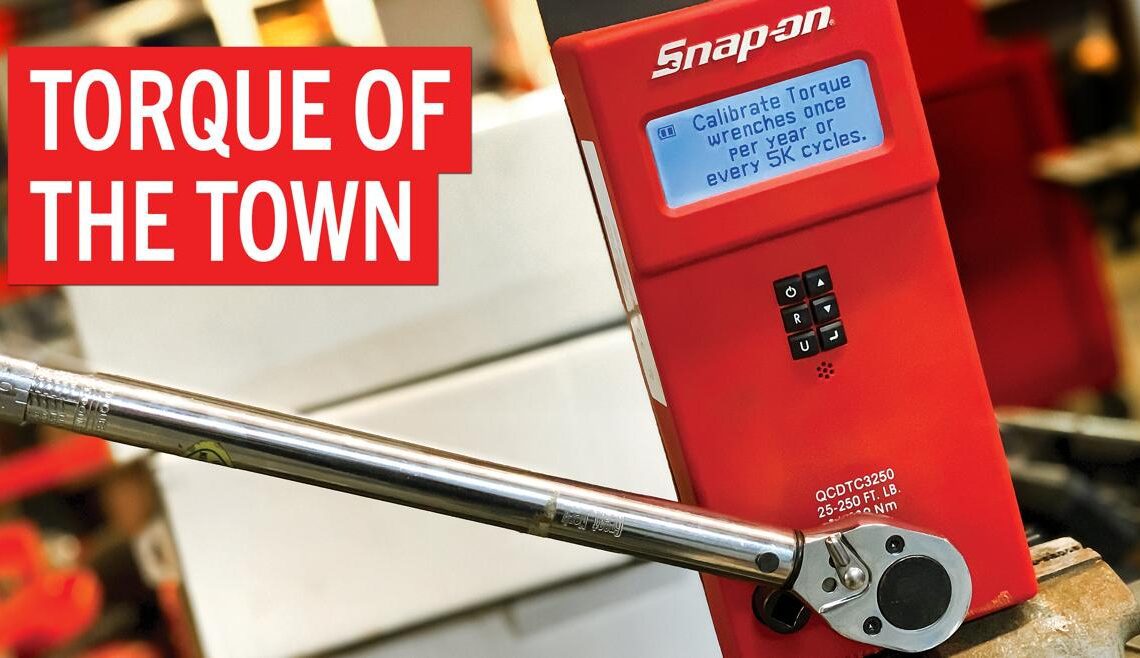[Editor’s Note: This article originally appeared in the August 2019 issue of Grassroots Motorsports.]
That click–so familiar to anyone who’s spent time getting their hands dirty in the garage. That satisfying little pulse in your hand that signals a job well done. It’s a welcome piece of audible and tactile feedback to enthusiasts everywhere.
Torque 101
When we talk about measuring fastener torque, what we really want to know is the clamping force: How tightly are two surfaces smooshing against each other under a connection secured by threaded fasteners? This is one of the critical forces engineers consider when they design something.
Unfortunately, you can’t directly measure clamping force. Doing so would require some sort of sensor sandwiched between the two objects, which would naturally conflict with the mission of pressing them together.
So we do the next best thing: extrapolate clamping force via the amount of rotational force the threaded fasteners are exerting–also known as torque.
Click, Click
Torque wrenches–at least the “click” types that we’re mostly dealing with here–all work similarly. They’re multipiece designs featuring a hinged head near the end of the handle.
Without tension, the head would be free to flop back and forth, but the adjusting device–one calibrated for the desired amount of torque–places a preload on that head. Usually this is done via a ball-and-spring arrangement featuring a detent or similar load-based positional retention system.
When the user overcomes the maximum preload of the retention system, the head breaks away from the retention device and the handle moves independently of the head. This causes the “click” familiar to anyone who has ever used a torque wrench.
Torque wrenches are calibrated at the factory, and just about all of them–even the cheap ones–come with a calibration form containing some sample set torque values against the actual measured values. These should be within the manufacturer’s claimed accuracy for the wrench. (And if they aren’t, the wrench probably won’t leave the factory.)
This data allows the user to build a profile for the wrench. For example, if the testing shows that the wrench always produces 2 percent more torque than the desired…
Click Here to Read the Full Original Article at Grassroots Motorsports Online Articles…

